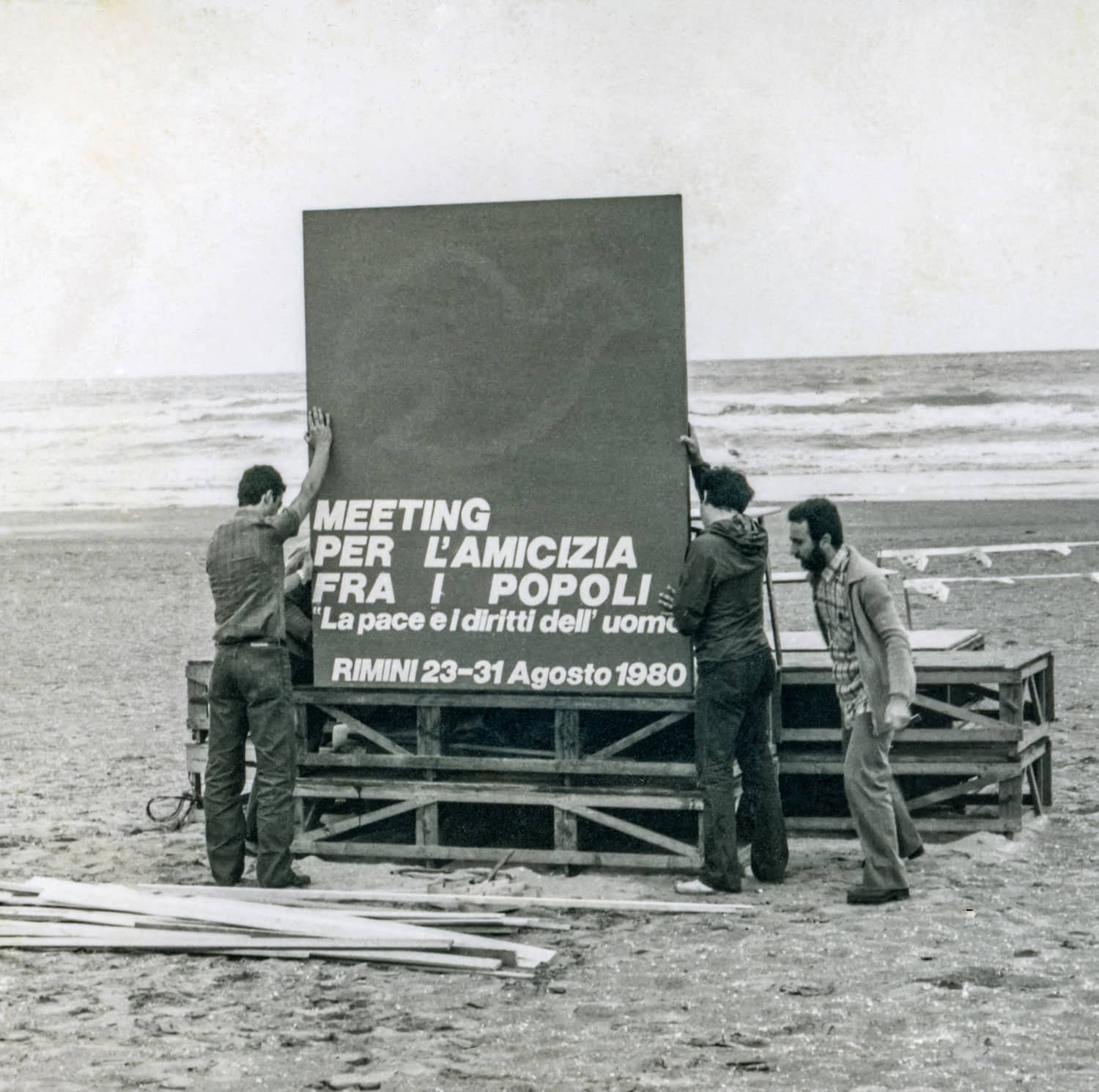Classical Majestas(Classical Majesty) Return to the Classics, from Arnolfo to Giotto.
The return to the classical tradition, which in figurative arts means a return to particular formal principles, is the focal point of a vast phenomenon that began in the Middle Ages. This phenomenon has deep cultural roots, and cannot be looked on as merely a set of facts pertaining to art. In the fourth century A.D., for instance, Saint Ambrose, the Bishop of Milan, gave support to his pastoral mission by making reference to the Latin culture; but he is just one of many examples within the great phenomenon of a return to the classics that began in the Christian era. In art and architecture there arose the issue of “recycling” leftover architectural material and sculpture, while imitating Roman decorative elements, as was the case in the thirteenth century Sancta Sanctorum Chapel in Rome. In the centuries that followed Constantine’s empire, most buildings in Rome were in such poor condition that for several reasons (not all of them noble), many were razed to the ground or dismantled. Construction materials were often salvaged and re-used, partly in order to consolidate a relationship of ideal continuity with ancient times. In a similar way, the new Christian interpretation of some old pagan monuments can be seen as a recovery of certain historical identities. One example is Marcus Aurelius’s equestrian grouping, which in the Christian era is identified with Constantine on horseback, Christian emperor par excellence. The spirit of renovatio of the ancient is expressed through the exaltation of the classica majestas (classical majesty), a term that has both an aesthetic meaning, through the free affirmation of certain forms, and an ethical value that springs from the recognition of the auctoritas (authority) of classical Rome. The return to the ancient in many different ways characterises the renaissance of the thirteenth and fourteenth centuries, with a different spirit from the one that will later manifest itself during what is commonly known as the Renaissance. It takes form in different ways in the works of the great artists of the late thirteenth and early fourteenth centuries. The gothic style, which arose in France towards the middle of the twelfth century, eventually spread throughout Europe. In the following century Italy became the centre of a great rebirth of culture in general. Knowledge about the ancient world spread thanks to painters and sculptors whose style and language took the classics as models. This great “rebirth” took place between 1270 and 1320 roughly. Artists like Nicola Pisano, Arnolfo di Cambio, Pietro Cavallini, Giotto, Andrea Pisano and Giovanni Pisano are the greatest examples of a return to the classics. It should be noted that every cultural rebirth affirms this return, even in the following centuries. It seemed as if the creation of an intensely new work of art required the recovery of ancient tradition. The artists mentioned above were not, however, the only ones to return to the classics. Duccio di Buoninsegna, for example, followed their example, but not to the same extent. At the end of the thirteenth century in Italy many different traditions and trends combined, while the Byzantine tradition was still very much alive. Wherever gothic artists recovered the classical style, they did it in different ways, each according to his own sensibility. The classicism of Nicola Pisano, formed in the cultural milieu of Frederico II, is more conscious than the somewhat instrumental and political classicism of other artists of that time. Arnolfo di Cambio’s classicism is more passionate and religious than Pisano’s “evocative” art. Pietro Cavallini, a Roman painter very much attached to his local thirteenth century tradition, recovered the ancient through the teaching of the “classica majestas” of Rome. In Giovanni Pisano, Nicola’s son, the ancient is submitted to intense dramatization. For Giotto, in the Scrovegni chapel in Padua, classicism means respect for the majesty of forms and balanced composition. The fundamental features of the classical style are the gravitas found in Roman statues, which manifests itself in the slow and ample fall of draperies, the rigor of lines and outlines, the stern attitude of figures, the extremely fine details, juxtaposed with the concise volume, the limpid harmony of rhythm, the monumental quality and “Attic” perfection of facial profiles, the style of the garments, and the balanced harmony of all the parts. In all of the artists mentioned so far there is a naturalistic attention, which is the main feature of gothic art of the thirteenth and fourteenth centuries. And perhaps one may dare to interpret their search for beauty, initiated according to the principles of classicism, as an affirmation of Truth.
By Marco Bona Castellotti










